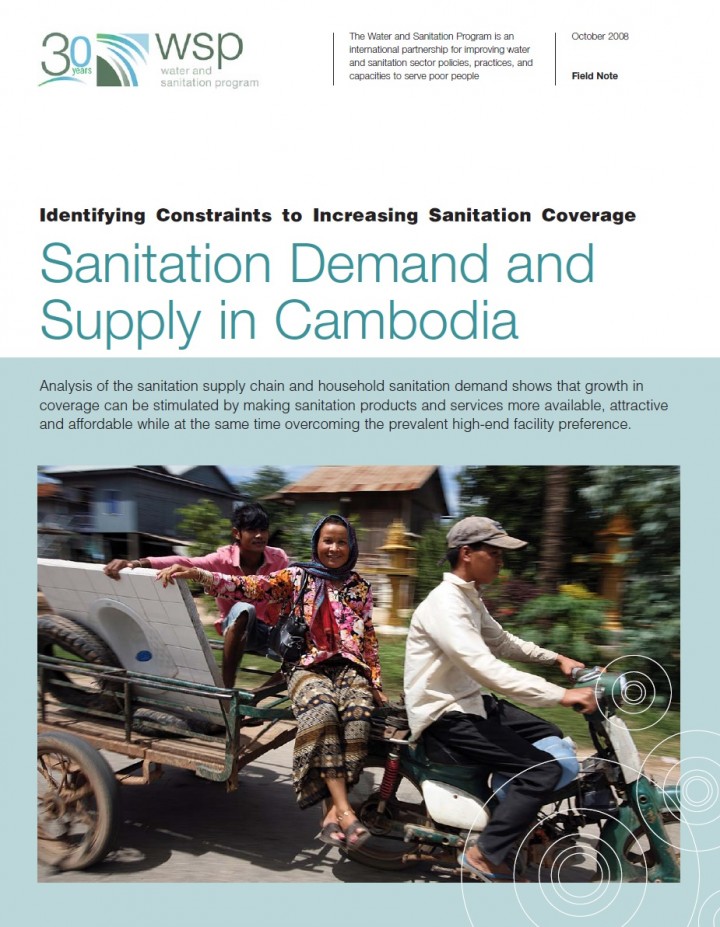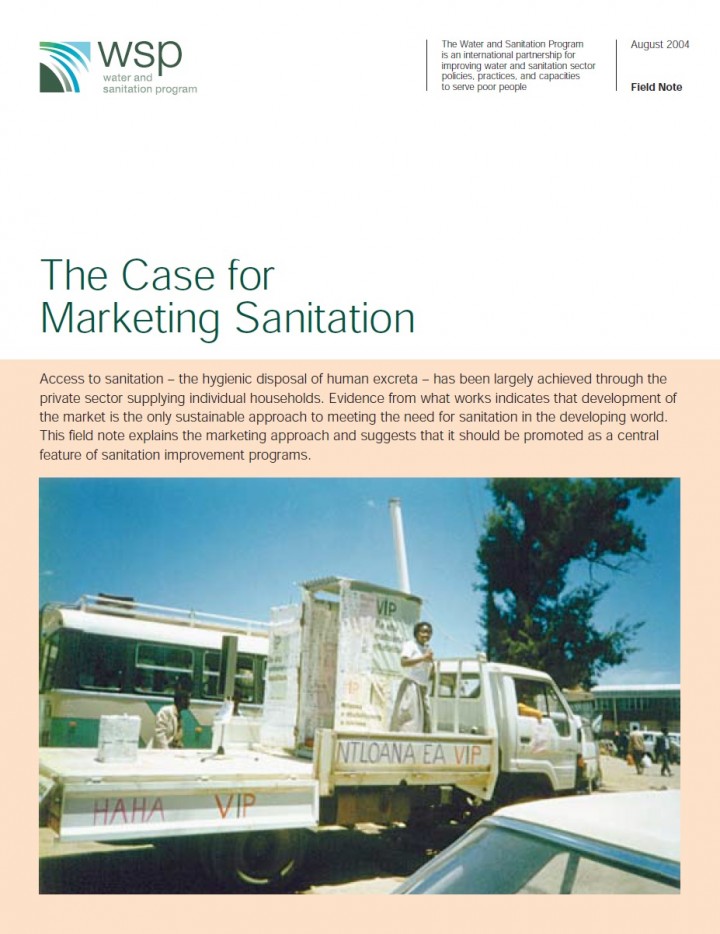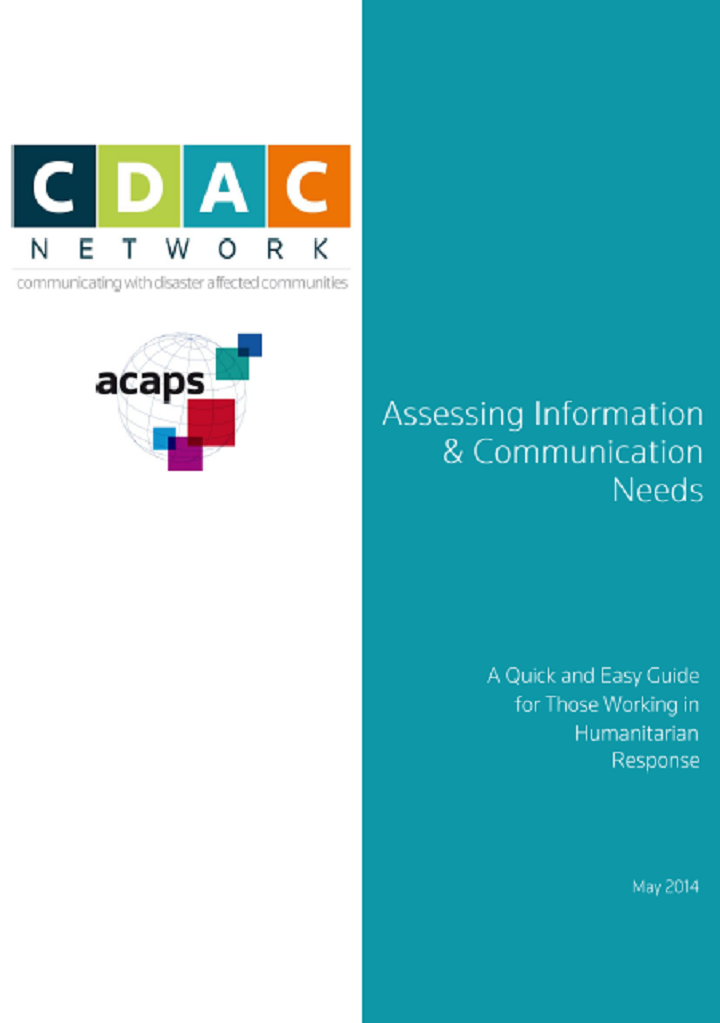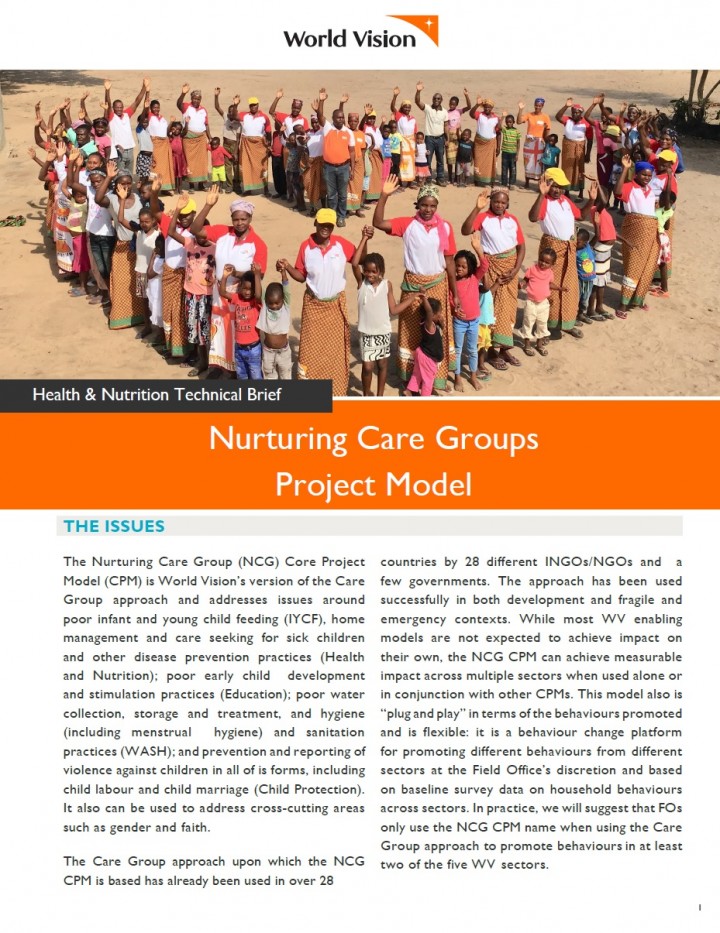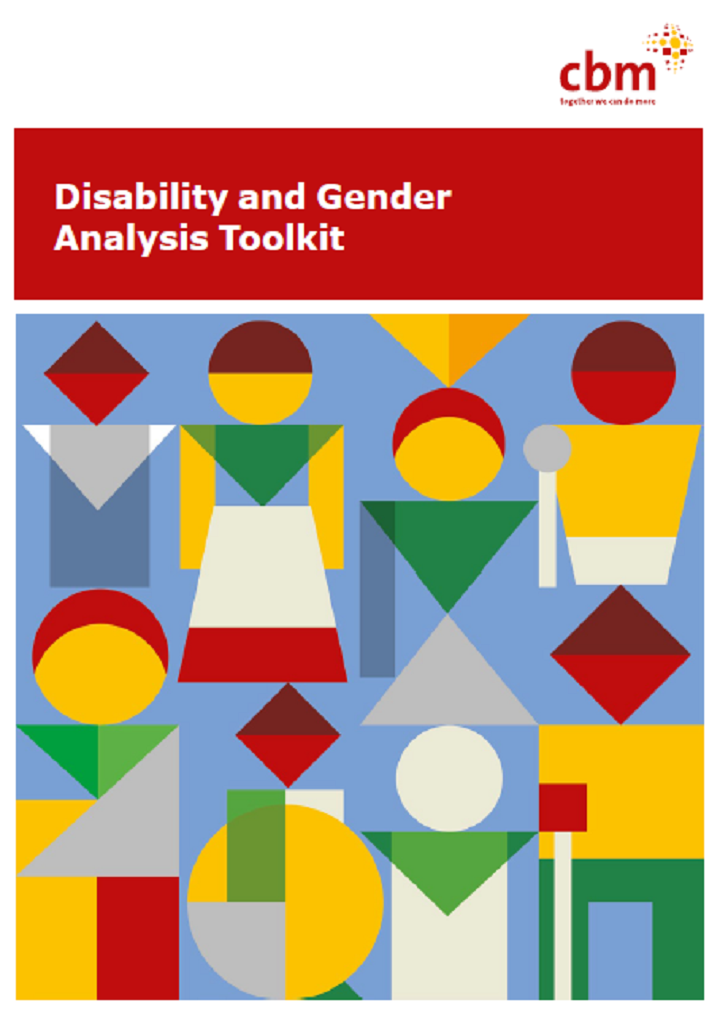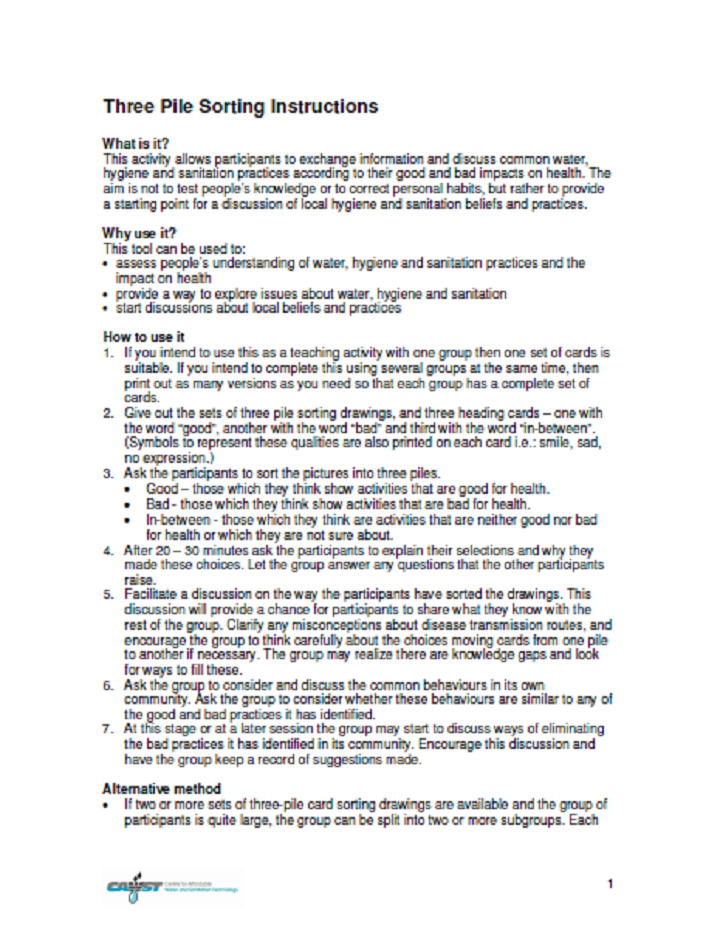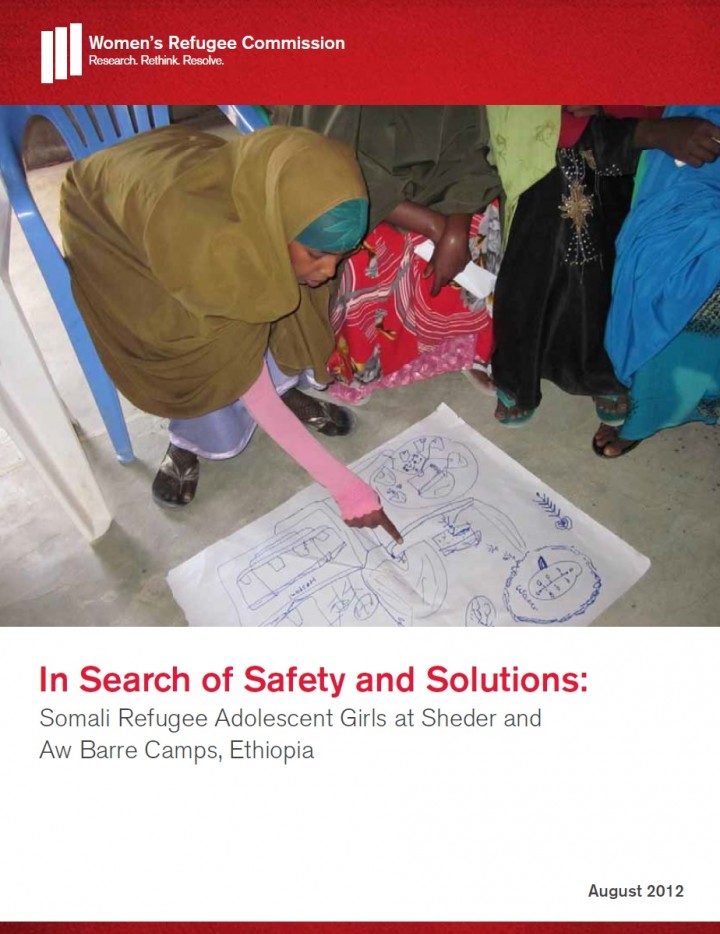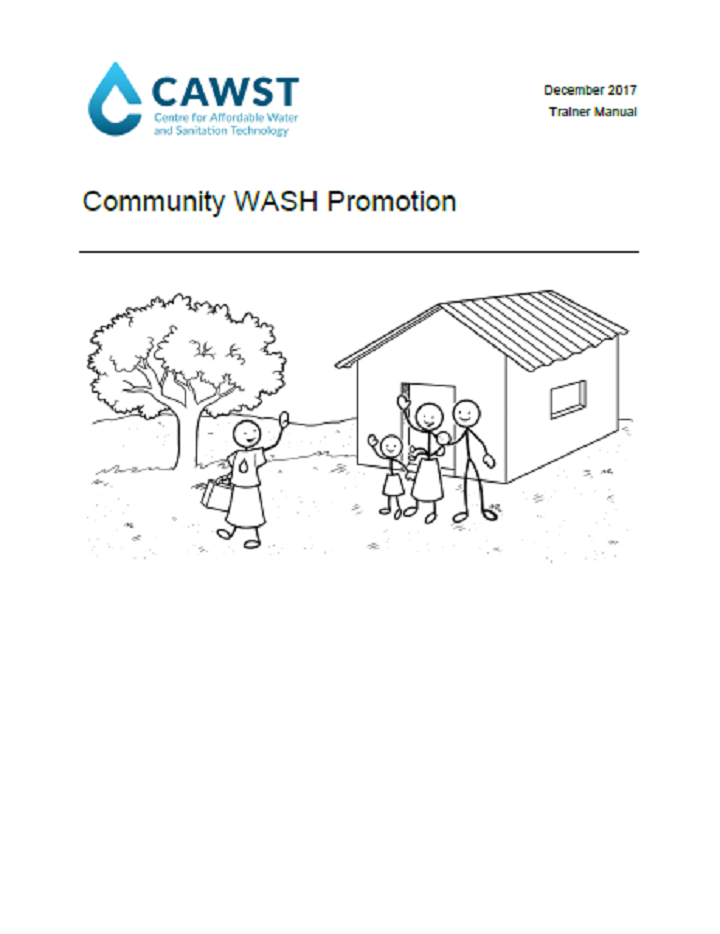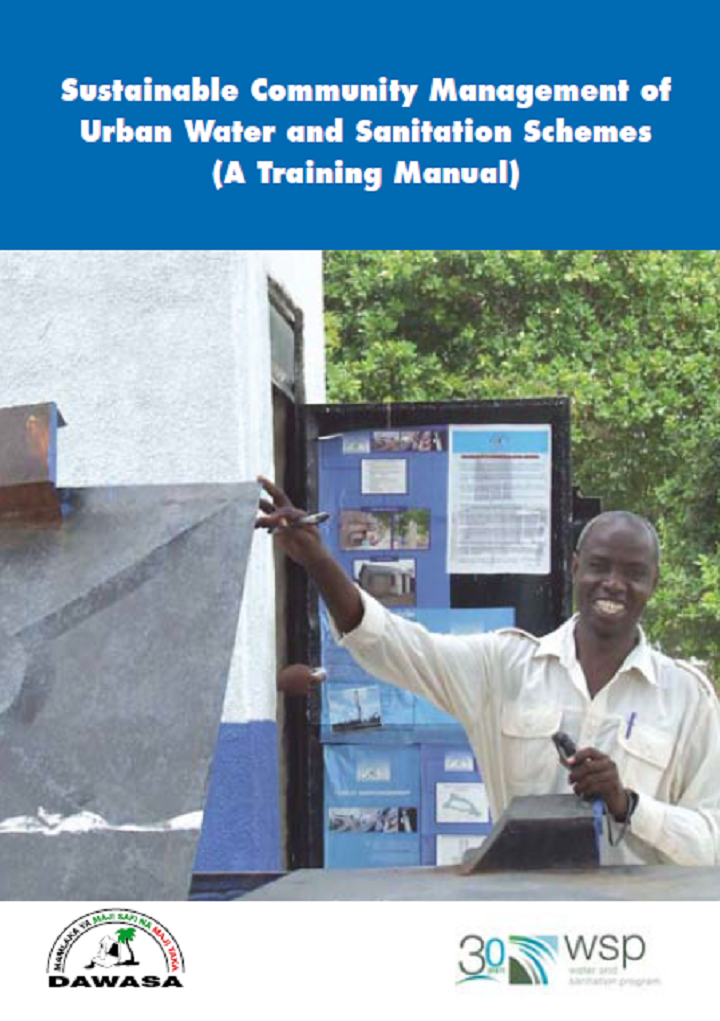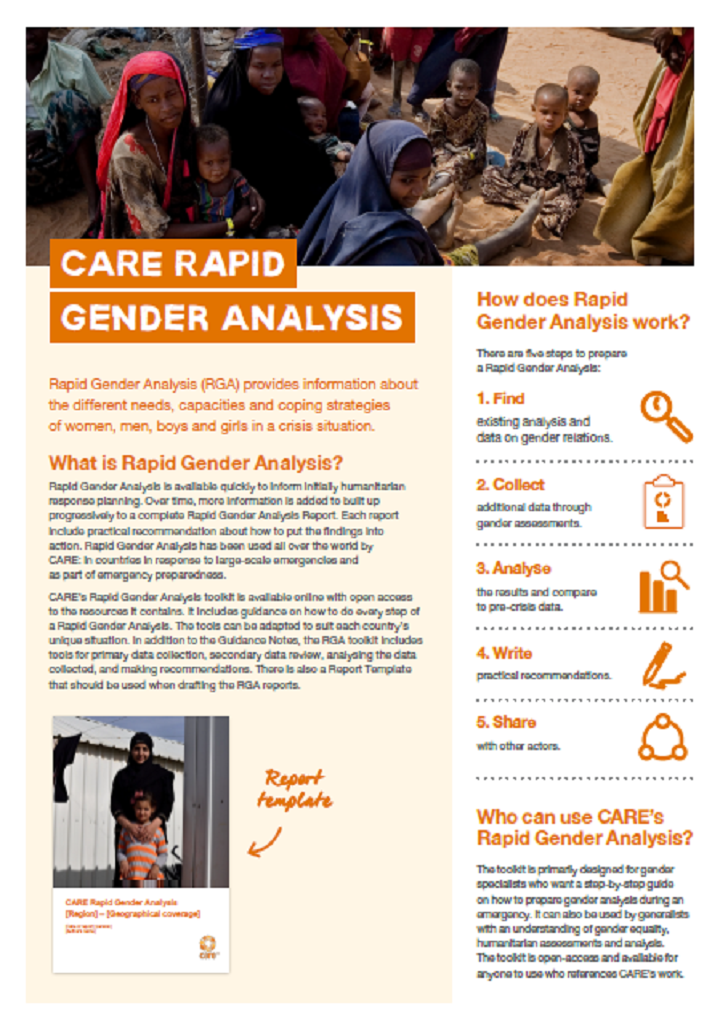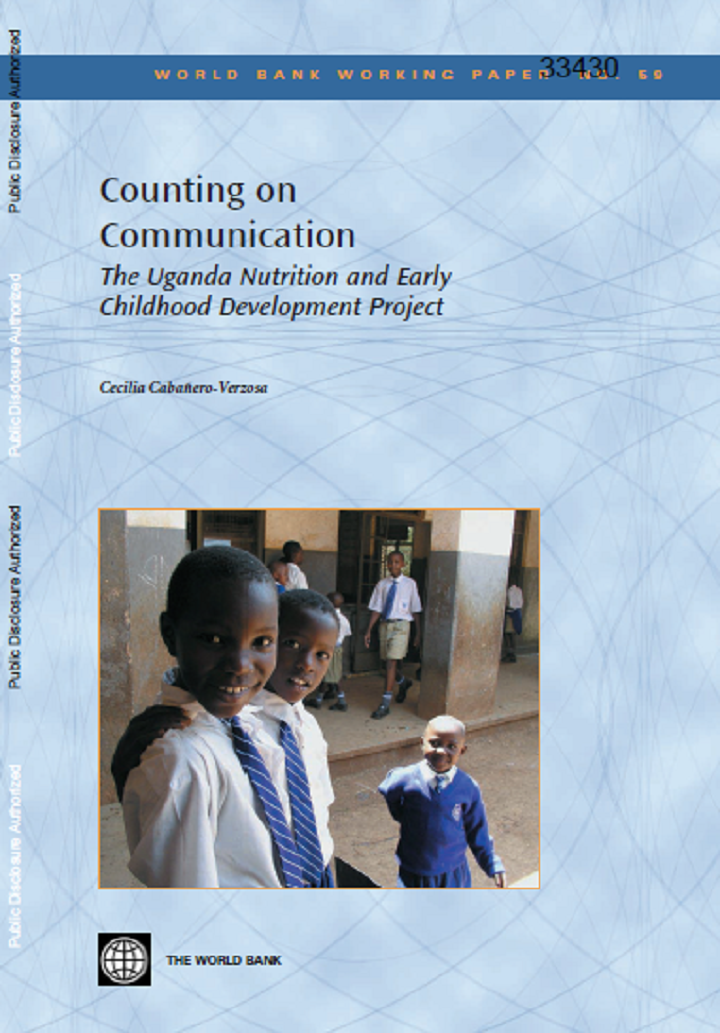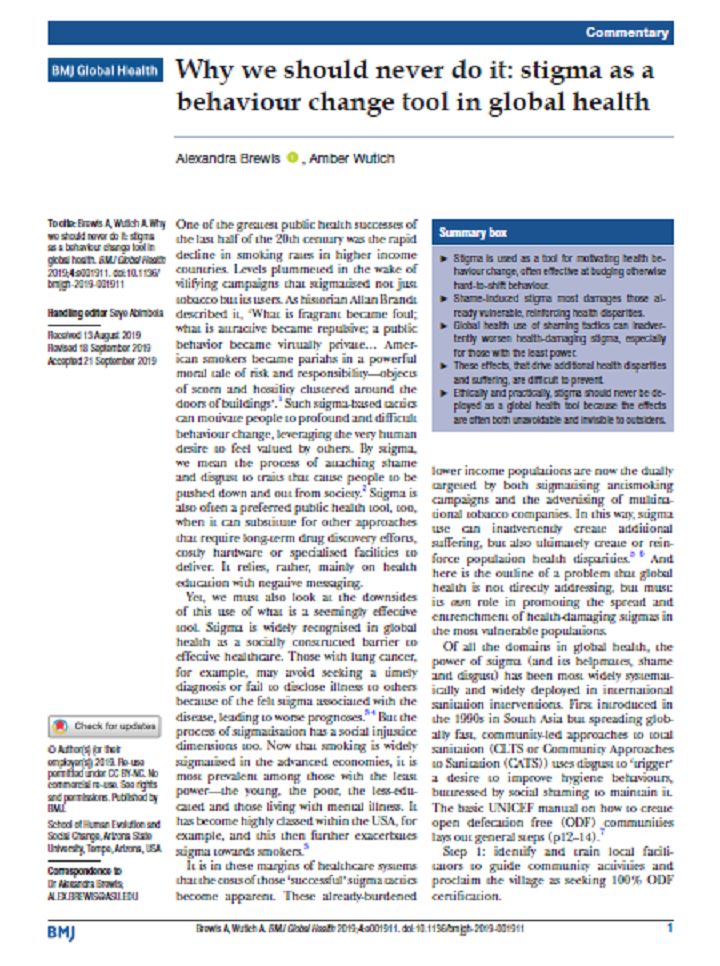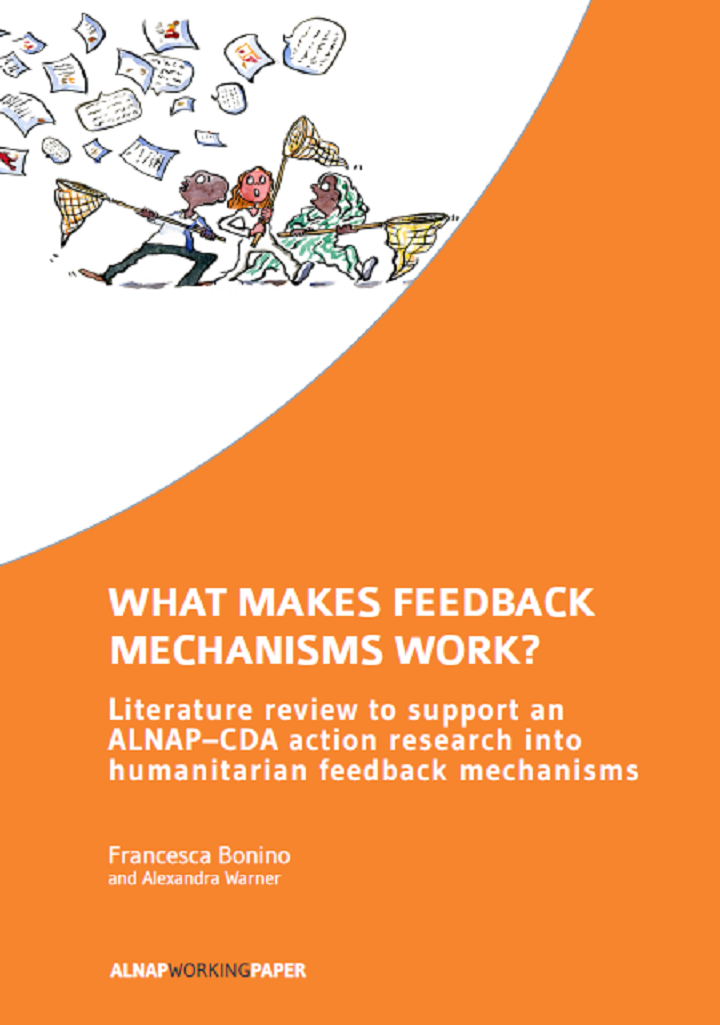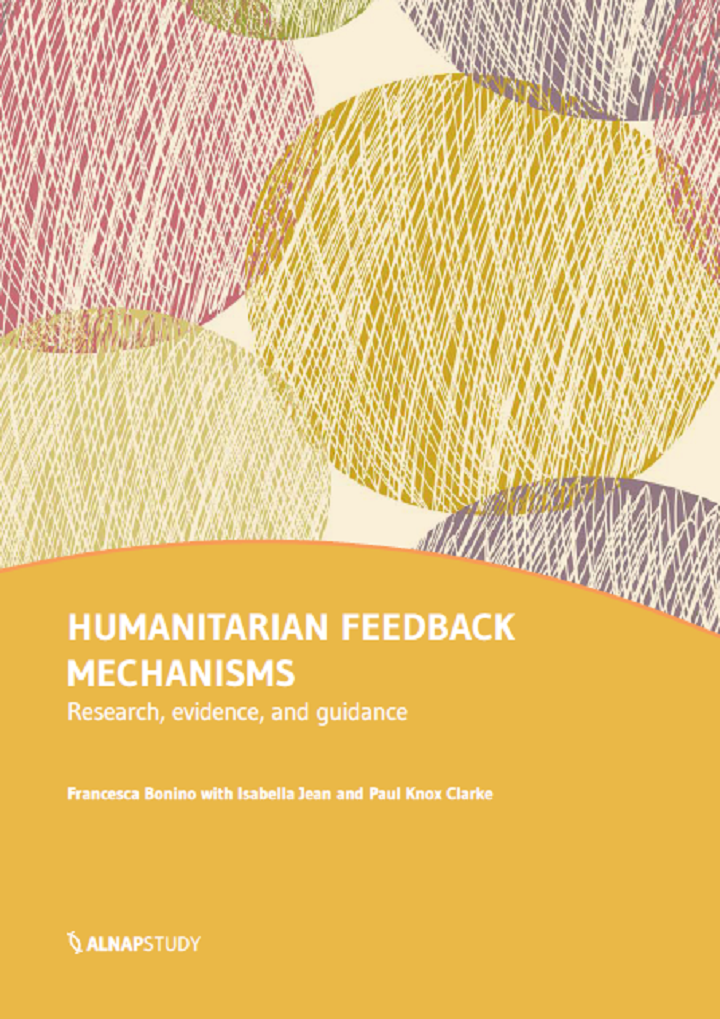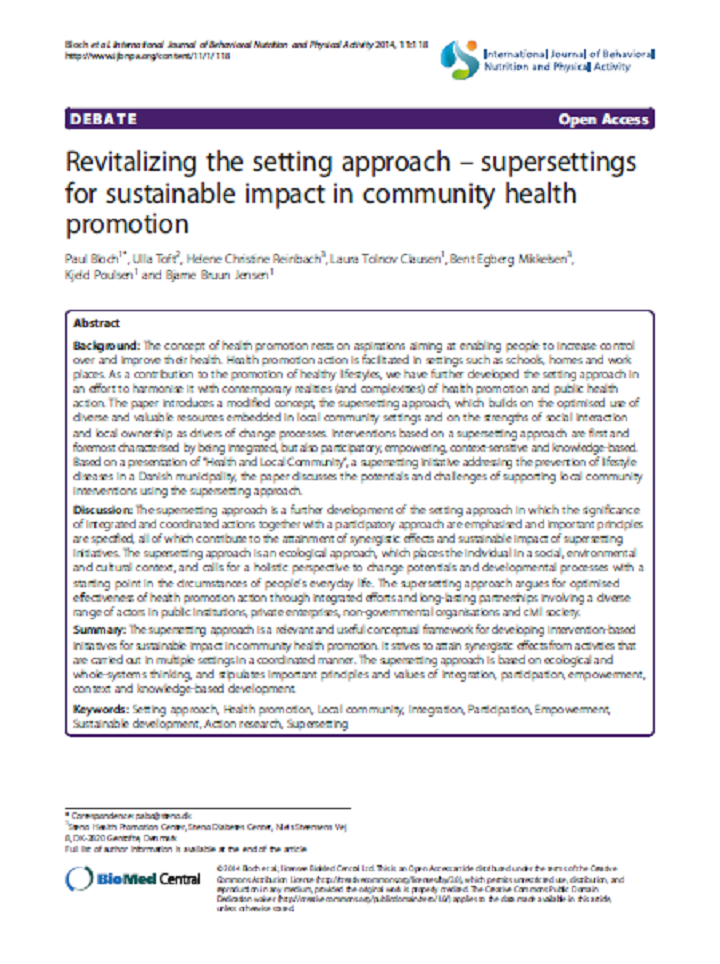Searching for information on Sanitation Workers?
The Sanitation Workers Knowledge + Learning Hub is the best source for all current news, trends, articles and updates on sanitation workers rights around the world.
What is Crisis and Emergency Risk Communications (CERC)? The Centers for Disease Control’s (CDC) Crisis and Emergency Risk Communication (CERC) manual provides an evidence-based framework and best practices for anyone who communicates on behalfof an organization responding to a public health emergency.1 CERC is built around psychological and communication sciences, studies in the field of …
Analysis of the sanitation supply chain and household sanitation demand shows that growth in coverage can be stimulated by making sanitation products and services more available, attractive and affordable while at the same time overcoming the prevalent high-end facility preference.
Access to sanitation – the hygienic disposal of human excreta – has been largely achieved through the private sector supplying individual households. Evidence from what works indicates that development of the market is the only sustainable approach to meeting the need for sanitation in the developing world. This field note explains the marketing approach and suggests that it should be …
The Women’s Refugee Commission completed a research mission to the Jijiga Somali refugee camps in Ethiopia in April 2012. The research mission was the first of three such missions, which are part of a threeyear global advocacy research project aimed at enhancing the safety and resilience of adolescent girls ages 10 to 16. The purpose of the three-week visit to Ethiopia was to assess Somali …
An analysis of the stakeholders of the proposed WSSS Improvement Investment Program has identified the individuals, groups and organizations that will be influenced by and affected by the water supply and sanitation services sub-projects.These stakeholders include: government ministries and agencies, provincial organizations, town residents at household-level, the private sector. The analysis …
The aim of this capacity building programme is to improve the efficiency and positive impact of urban, community-managed water and sanitation schemes. The manual was originally developed in collaboration with the Dar es Salaam Water and Sewerage Authority’s (DAWASA) Community Water Supply and Sanitation Program (CWSSP); but some of the material is applicable to other urban communities who may …
The intent of this guidance note is to increase awareness among CARE’s WASH practitioners of gender issues, ensuring emergency WASH programs are viewed with a gender lens. The content is not original, rather an amalgamation of various guidance and best practice, distilled here to provide a more concise reference tool for CARE’s WASH staff to meet minimum WASH and gender equality standards.
The Uganda Nutrition and Early Childhood Development Project was one of the World Bank's first projects to demonstrate the value-added of strategic communication. The strategic communication component developed for this project included the use of formative research about values and attitudes with respect to child rearing, in order to develop and test effective messages. The communication …
Several members of the Communicating with Disaster Affected Communities (CDAC) Network have recognised the need to work with rumours in their missions to prevent the loss of lives and alleviate suffering. Notably, Internews with their pioneering inter-agency model, the World Health Organisation and United Nations Office for the Coordination of Humanitarian Affairs have made considerable efforts …
Stigma is used as a tool for motivating health behaviour change, often effective at budging otherwise hard-to-shift behaviour.
Shame-induced stigma most damages those already vulnerable, reinforcing health disparities.
Global health use of shaming tactics can inadvertently worsen health-damaging stigma, especially for those with the least power.
These effects, that drive additional health …
Gathering and acting on feedback from affected communities is a key means to identify potential triggers for change during the design and implementation of humanitarian programmes. This study is focused on user-centred design (UCD), an approach often used outside the humanitarian sector to design products and services that are tailored to the needs and preferences of end-users and are created …
This literature review supports a broader ALNAP and CDA initiative aiming at producing evidence-informed guidance for humanitarian agencies on ways to strengthen the effectiveness of mechanisms for gathering feedback from affected populations in humanitarian contexts. It focuses on two key questions: (1) why and how humanitarian agencies seek, process, and respond to feedback from affected …
In 2012 ALNAP and CDA started collaborating on action research looking at feedback mechanisms in humanitarian contexts, to establish what makes them work effectively and to focus on bringing different stakeholders’ perspectives – particularly those of crisis-affected people – into the conversation. The case studies document the experience of three different agencies that use feedback …
Evidence and comments suggest that CLTS has been successful in some cases in Africa, however it is difficult to find strong data to support this.
Claims to have achieved Open Defecation Free (ODF) status have often been exaggerated and estimates of numbers of ODF communities inflated. Verification systems need to be improved. Another problem is that ODF is an absolute condition, important as a …
The concept of health promotion rests on aspirations aiming at enabling people to increase control over and improve their health. Health promotion action is facilitated in settings such as schools, homes and work places. As a contribution to the promotion of healthy lifestyles, we have further developed the setting approach in an effort to harmonise it with contemporary realities (and …
Many specialists from the fields of communication and disaster management from Latin America and the Caribbean participated in developing this manual. The contents were tested and adapted under actual emergency and disaster conditions. The final product reflects consensus among the experts about the most important uses of information and communication in emergency situations. This manual focuses …
The present article presents an integrative theoretical framework to explain and to predict psychological changes achieved by different modes of treatment. This theory states that psychological procedures, whatever their form, alter the level and strength of self-efficacy. It is hypothesized that expectations of personal efficacy determine whether coping behavior will be initiated, how much …
During more than 20 years of civil conflict in both Somalia and South Sudan, sanitation interventions were mostly limited to construction of emergency latrines for affected populations or education on sanitation and hygiene, using the Participatory Hygiene and Sanitation Transformation (PHAST) approach, followed by fully subsidised latrine programmes for selected households.
There is little …


